Creating Moving Portraits with the Kodak Stereo Camera
5 23 Share TweetStereo imaging is an old analogue technique that uses a pair of two slightly offset photographs to mimic a three-dimensional effect. Traditionally, a special device called stereoscope is needed to view and fully enjoy the magic of this trick. In this article, Lomographer Brett Allen Smith (@brettallensmith) introduces a modern twist to the age-old process of stereoscopic imaging.
I picked up a Kodak Stereo Camera — the last of the stereo format models ever put out by the company in the late 1950s — in an antique store somewhere in southern Virginia. It was hard not to notice it sitting on the shelf, the twin lenses were practically staring back at me like a pair of hungry eyeballs!
This camera was originally designed to snap a pair of stereoscopic photos just different enough to trick your eye into a kind of 3D effect when viewed simultaneously in a viewfinder. Imagine old, ultra-analogue 3D glasses. This means that on a standard 36-exposure roll, you’ll actually end up with something closer to 28 pairs of stereo photos:
For a while though, I pretty much only shot with this camera because I fell in love with the 23x24 mm frame size. The vertical format gives an especially nice touch to portraits. And as always, Kodak integrated the controls into the body with ease, even including a manual shutter release on the bottom for multiple exposures.
Processing and scanning did pose a problem at first. The stereo pairs alternate every three to four frames on the negative, which gave my lab technician a bit of a headache (in addition to the unusual size of the individual frames) until we cracked a system. To my eye, the stereo pairs were nearly identical. So I’d simply pick one for my portfolio, and discard the other twin:
But pretty soon I began to feel like I was “wasting” some kind of unseen opportunity here. After all, half my shots were basically ending up in the trash. The idea of resurrecting the fad of 3D stereoscopic photography didn’t interest me too much. But after some playing around in Adobe Premiere, I began to think of these twin photos as teeny, little stop-motion films.

The Kodak Stereo Camera (as opposed to something like an ActionSampler) doesn’t literally capture motion over time. It has two lenses, but only one shutter – meaning both images are snapped at the exact same moment. But after some experimenting with the frame blending in Premiere, I found that certain image pairs would buzz with movement when alternated frame-by-frame — Tim and Eric-style! And once in a while, I’d stumble across something very special. Something almost like a living, breathing portrait:
Certain pairs definitely work better than others. A lot depends on tweaking the length and speed of the frame blending. I also find that it works best when two pairs – for whatever reason – come back from the lab just a bit different. Like when the highlights in one twin are overblown, or when the color timing is uneven. A nice digital twist on an old, analogue gimmick!
Thank you for sharing your discovery with us, Brett! See more of Brett's work over at his LomoHome or follow him on Instagram.
Have you tried creating moving portraits with a stereoscopic camera? Share those fascinating creations on the comments section!
written by Brett Allen Smith on 2018-09-17 #gear #videos #kodak-stereo-camera #stereoscopic-photographs












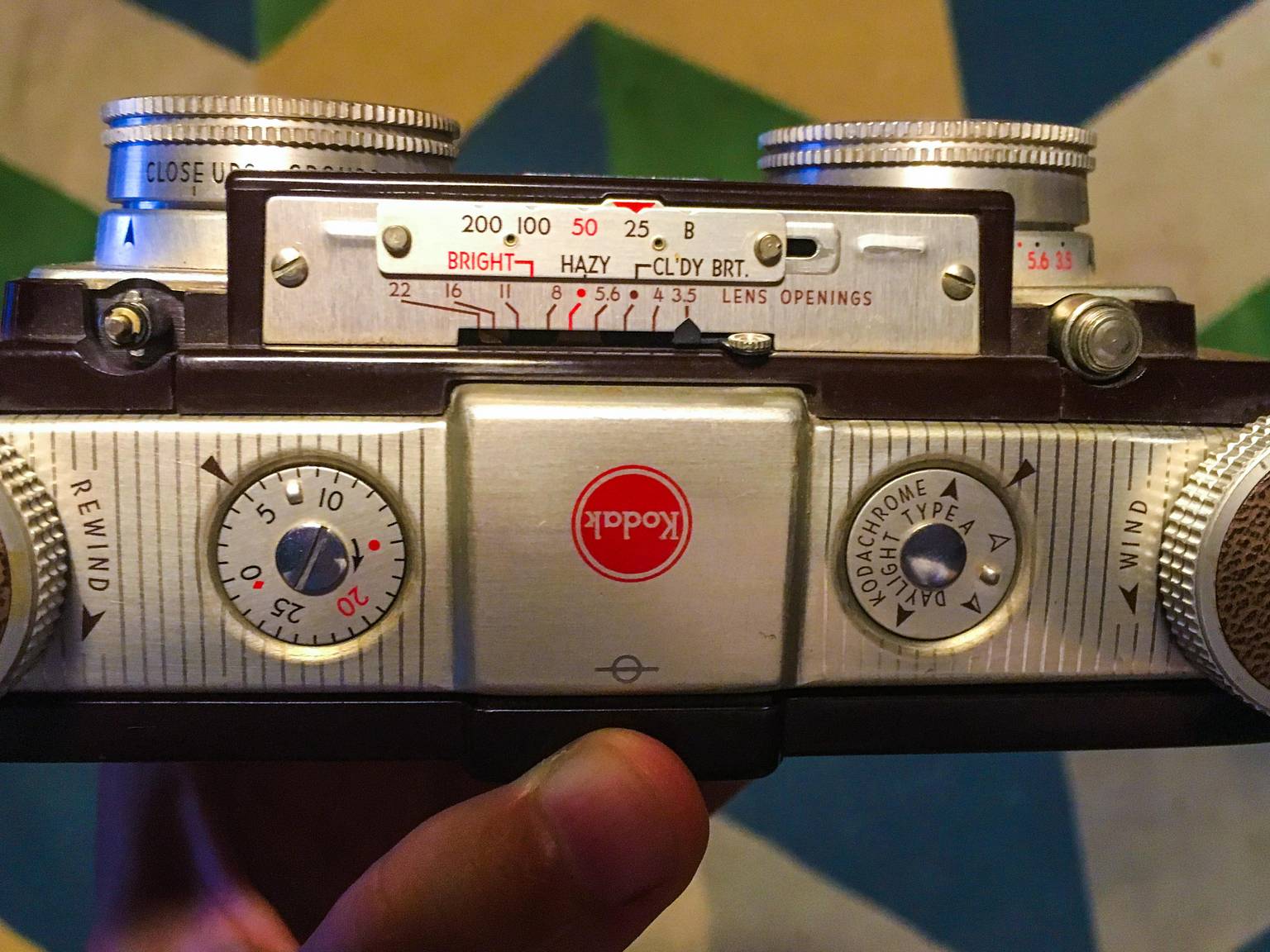
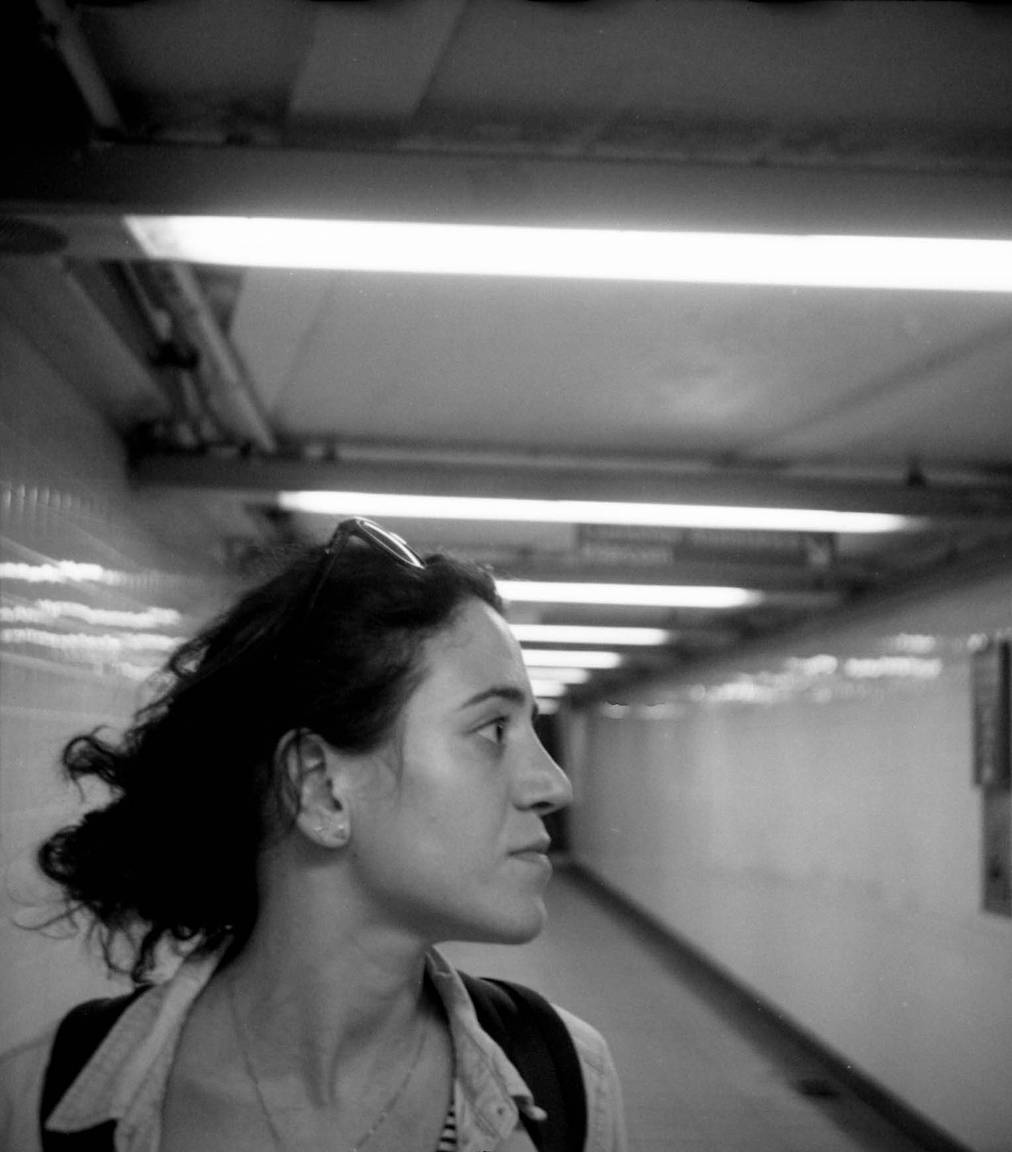



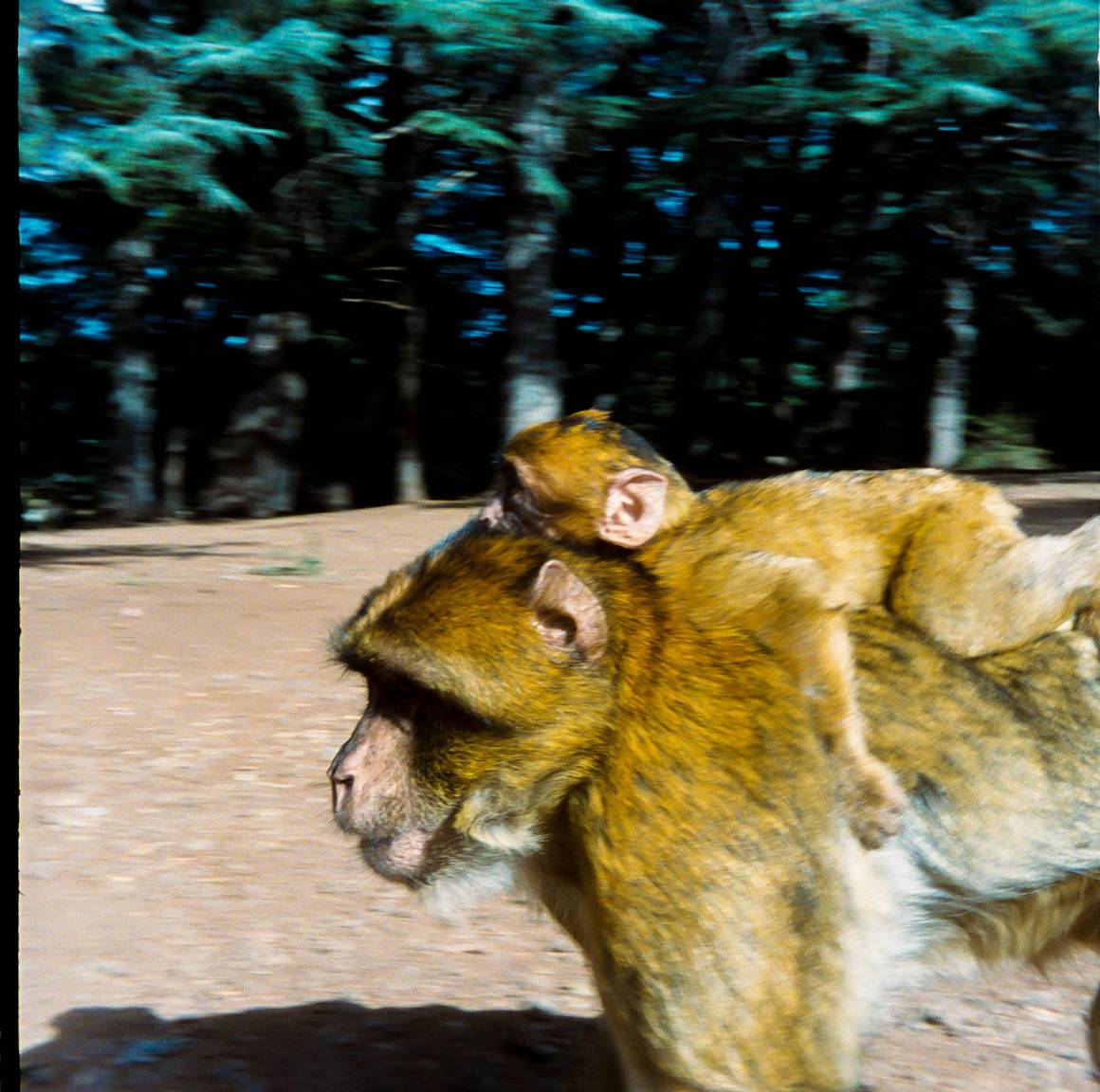
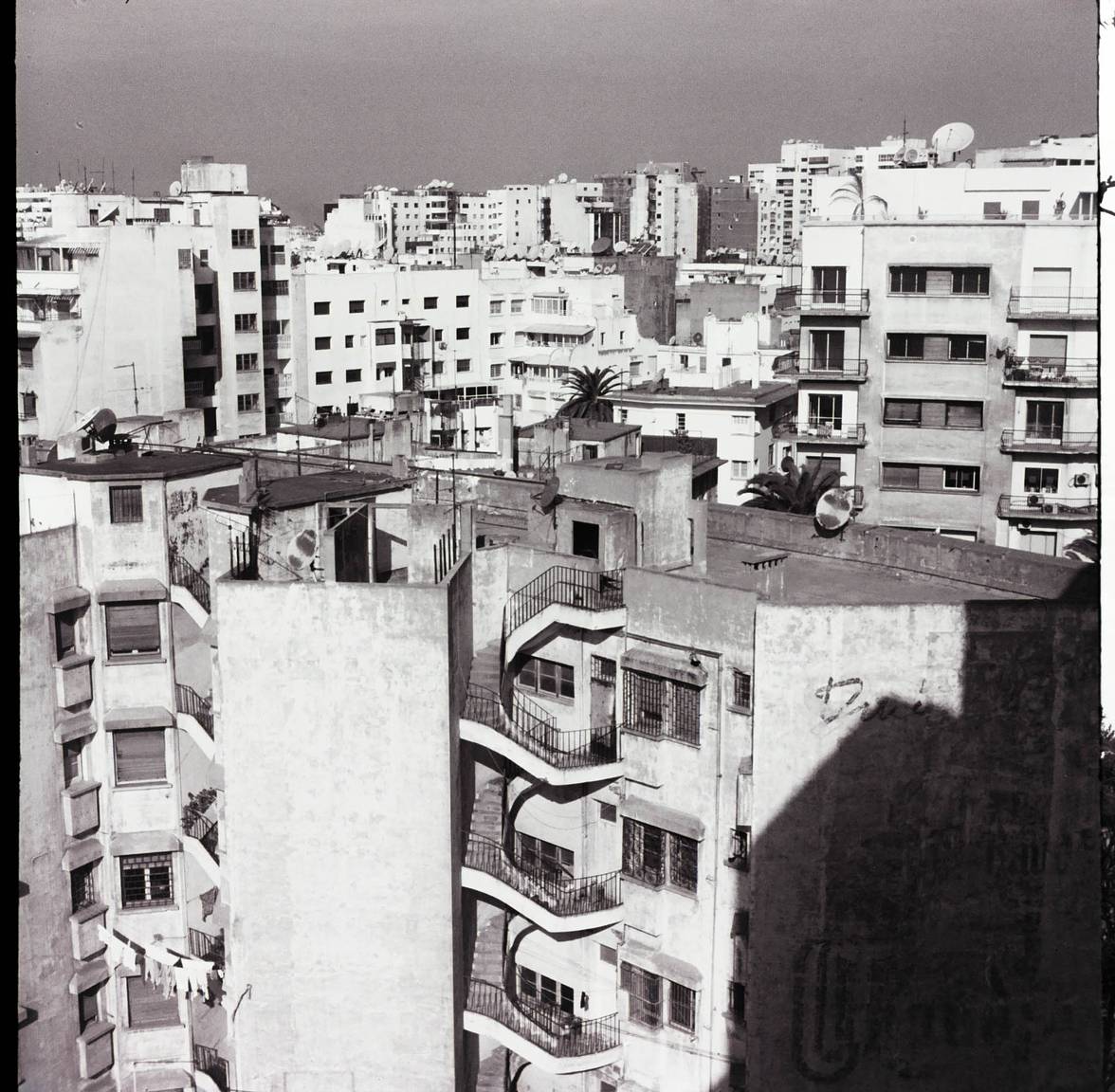


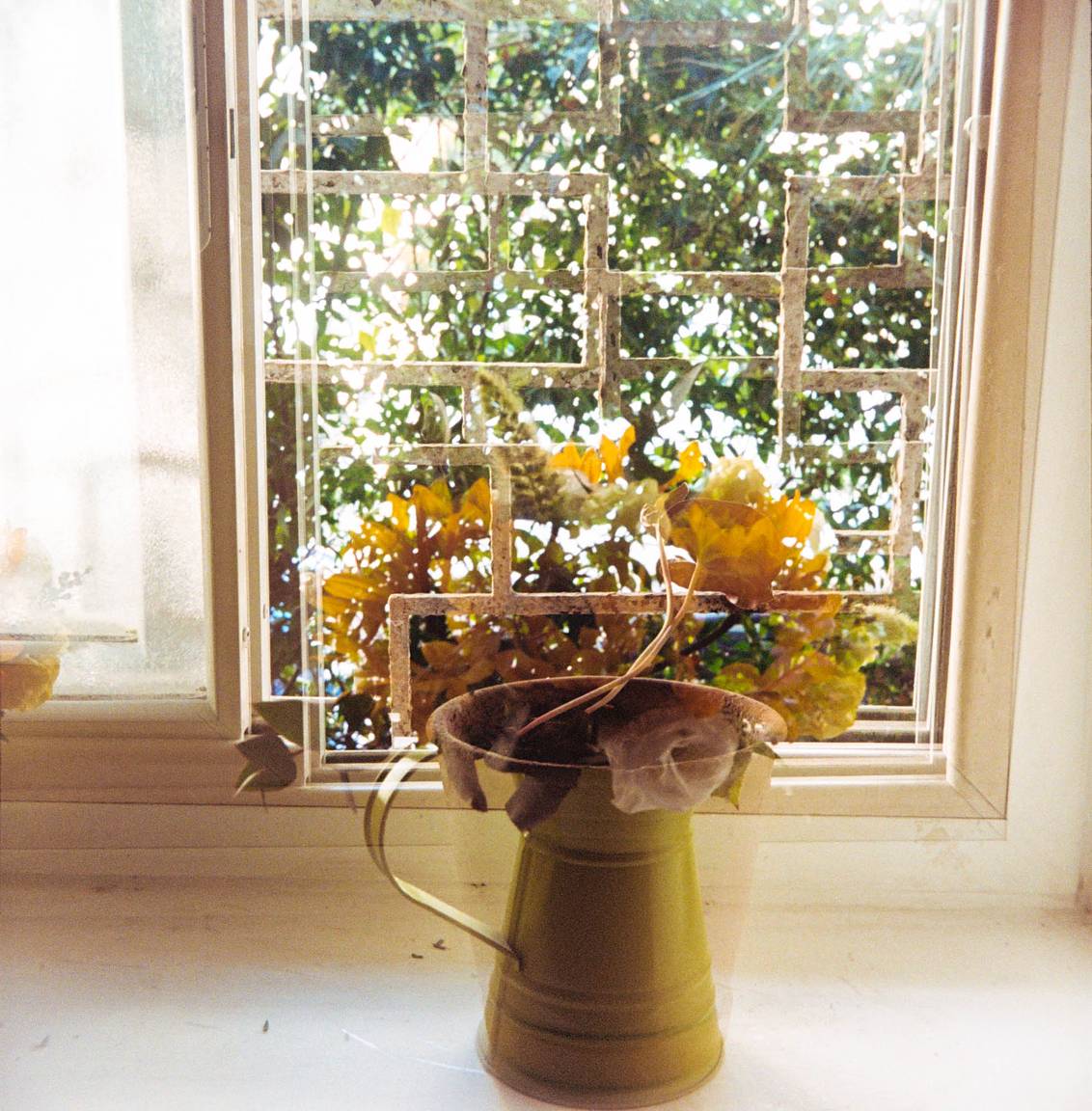






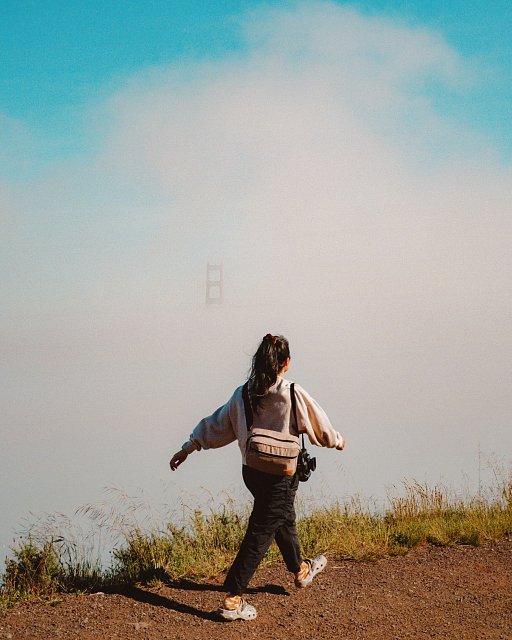



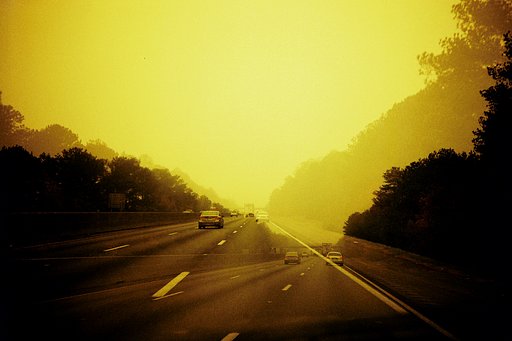







5 Comments